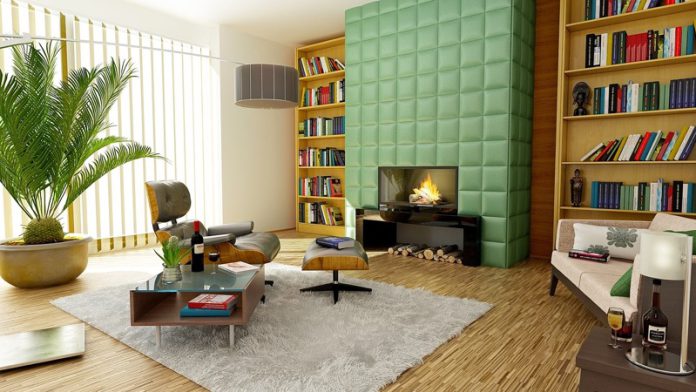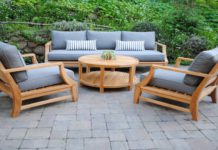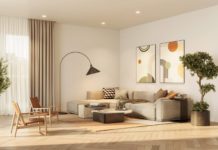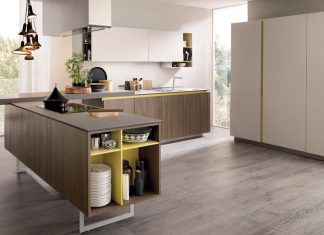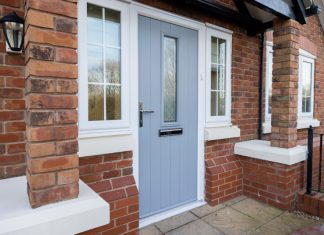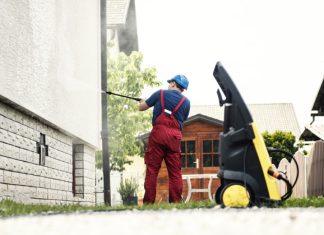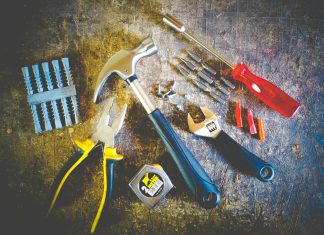In the past, fireplaces were an essential feature in homes, serving as a primary source of warmth and a gathering place for families. However, in recent years, the presence of fireplaces in new home construction has significantly declined. This shift raises the question: why aren’t houses built with fireplaces anymore? In this blog post, we will explore the factors contributing to this change and shed light on the evolving preferences and practical considerations of modern homeowners.
1. Changing Climate Control Systems
One of the primary reasons for the decline in the inclusion of fireplaces in new houses is the advancement of climate control systems. Modern heating and cooling technologies, such as central heating, radiant heating, and energy-efficient HVAC systems, have made fireplaces less necessary for maintaining a comfortable indoor temperature. These systems provide more precise control over heating, offering homeowners the convenience of adjusting the temperature with a simple push of a button.
Moreover, these advanced climate control systems are often more energy-efficient, reducing the carbon footprint of homes and promoting sustainability. As a result, builders and homeowners are increasingly prioritizing environmentally-friendly options, which may not align with the traditional use of fireplaces.
2. Safety and Health Concerns
While fireplaces have an undeniable charm and ambiance, they also present inherent safety risks. Traditional wood-burning fireplaces produce smoke, ash, and potentially harmful gases, such as carbon monoxide, which can pose health hazards if not adequately vented. Ensuring proper ventilation and regular maintenance of fireplaces can be costly and time-consuming.
Additionally, open fireplaces can be dangerous, particularly for households with young children or pets. The risk of accidental burns or fires is a significant concern for homeowners, leading to a preference for safer alternatives, such as electric or gas-powered heating systems.
3. Lifestyle Changes and Practical Considerations
The way we live and use our homes has evolved over time, and this has influenced the design and functionality of residential spaces. Modern homeowners often prioritize open floor plans and seamless integration between indoor and outdoor living areas. This shift towards more open spaces and contemporary architectural styles doesn’t always align with the traditional placement and design of fireplaces.
Fireplaces are typically fixed features that limit the flexibility of interior design and furniture arrangement. They often require dedicated wall space, which can be challenging to incorporate into modern floor plans that emphasize versatility and multifunctionality. As homeowners seek more adaptable spaces that cater to their specific needs and preferences, the inclusion of fireplaces may not align with their vision.
4. Technological Advancements and Alternative Heating Options
The advancement of alternative heating options has provided homeowners with a wider range of choices when it comes to staying warm during colder months. Electric heating systems, underfloor heating, and energy-efficient radiators are just a few examples of the innovative technologies that offer efficient heating solutions without the need for fireplaces.
These alternatives often provide more convenience, require less maintenance, and offer greater control over temperature regulation. With the availability of these modern heating options, homeowners are increasingly opting for practicality and ease of use over the traditional charm of fireplaces.
In Conclusion
As we embrace technological advancements, prioritize safety, and adapt to evolving lifestyles, the inclusion of fireplaces in new house construction has significantly diminished. The rise of advanced climate control systems, safety concerns, practical considerations, and the availability of alternative heating options have all played a role in this decline. While fireplaces evoke a sense of nostalgia and charm, their practicality and relevance have shifted in the face of changing preferences and the demands of modern living.
While it’s true that fireplaces may no longer be as common in new homes, they still hold a special place in many households. In existing homes, renovations or additions can be made to incorporate fireplaces or convert them to more modern, efficient versions. Ultimately, the decision to include a fireplace in a home boils down to personal preference and the unique needs of each homeowner.
